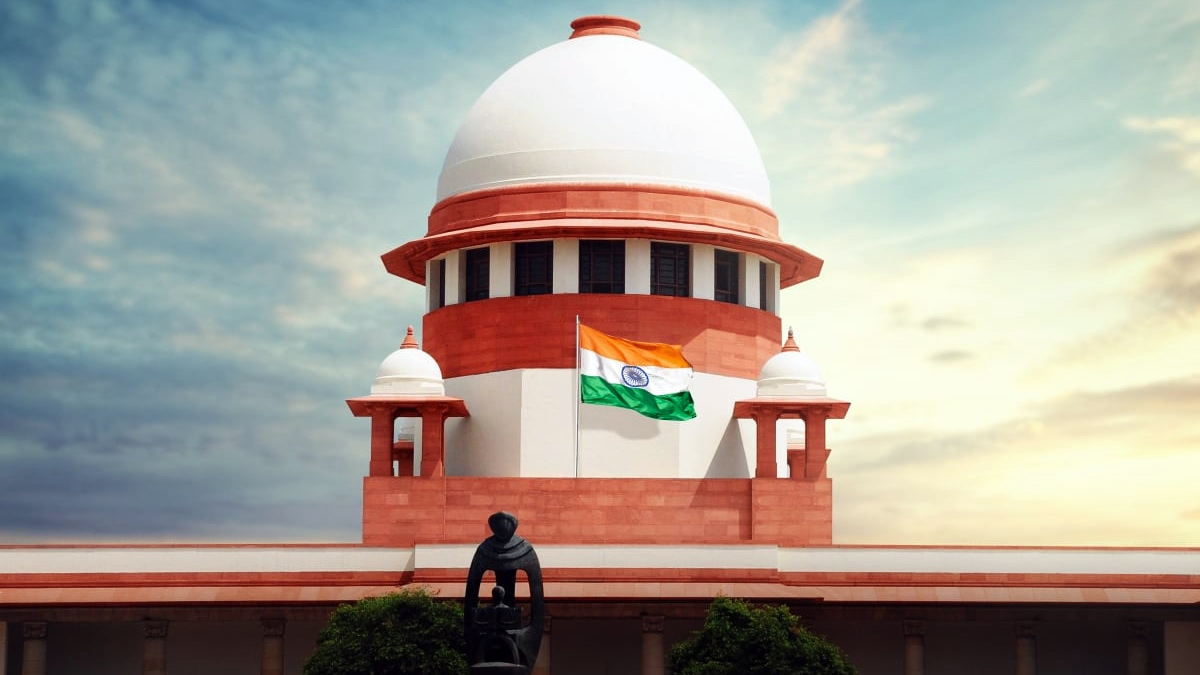
Supreme court’s take on Maternity leave
Last Updated on July 9, 2024 by News Desk
The Supreme Court on Monday (July 8) directed the Union to consult all stakeholders regarding the implementation of a menstrual leave policy for working women. The bench, led by Chief Justice DY Chandrachud and including Justices JB Pardiwala and Manoj Misra, heard a petition advocating for menstrual leave for female students and working women across India.
Chief Justice Chandrachud highlighted the dual perspectives on the issue. On one hand, such a policy could empower women in the workforce; on the other hand, it might deter employers from hiring women due to concerns over productivity. “We must balance encouraging women in the workforce with the risk of employers potentially avoiding hiring women,” he stated.
The petitioner’s counsel noted that several private employers in India and countries like Japan, Indonesia, the UK, Spain, and South Korea have already adopted menstrual leave policies. Despite the global precedent, the bench emphasized that the issue falls under policy-making, which requires input from employers.
In 2023, a similar petition was filed, and the Supreme Court at that time declined to intervene, advising the petitioner to approach the Union Ministry of Women and Child Development. However, no response was received from the Ministry.
The current bench has permitted the petitioner to again approach the Secretary of the Union Ministry of Women and Child Development. The Court has requested that the Ministry, in consultation with stakeholders at both the Union and State levels, consider the feasibility of formulating a model policy for menstrual leave.
The bench also clarified that State Governments are free to make independent decisions to benefit employees. “We urge the Secretary of the Union Ministry of Women and Child Development to assess this policy at a broader level, involving all relevant stakeholders,” the bench noted. “This does not prevent State governments from taking appropriate measures for the welfare of their employees.”
This ruling underscores the Court’s balanced approach, weighing both the benefits of such a policy for women and the potential economic implications for employers.
Written By — Athi Venkatesh AVD




